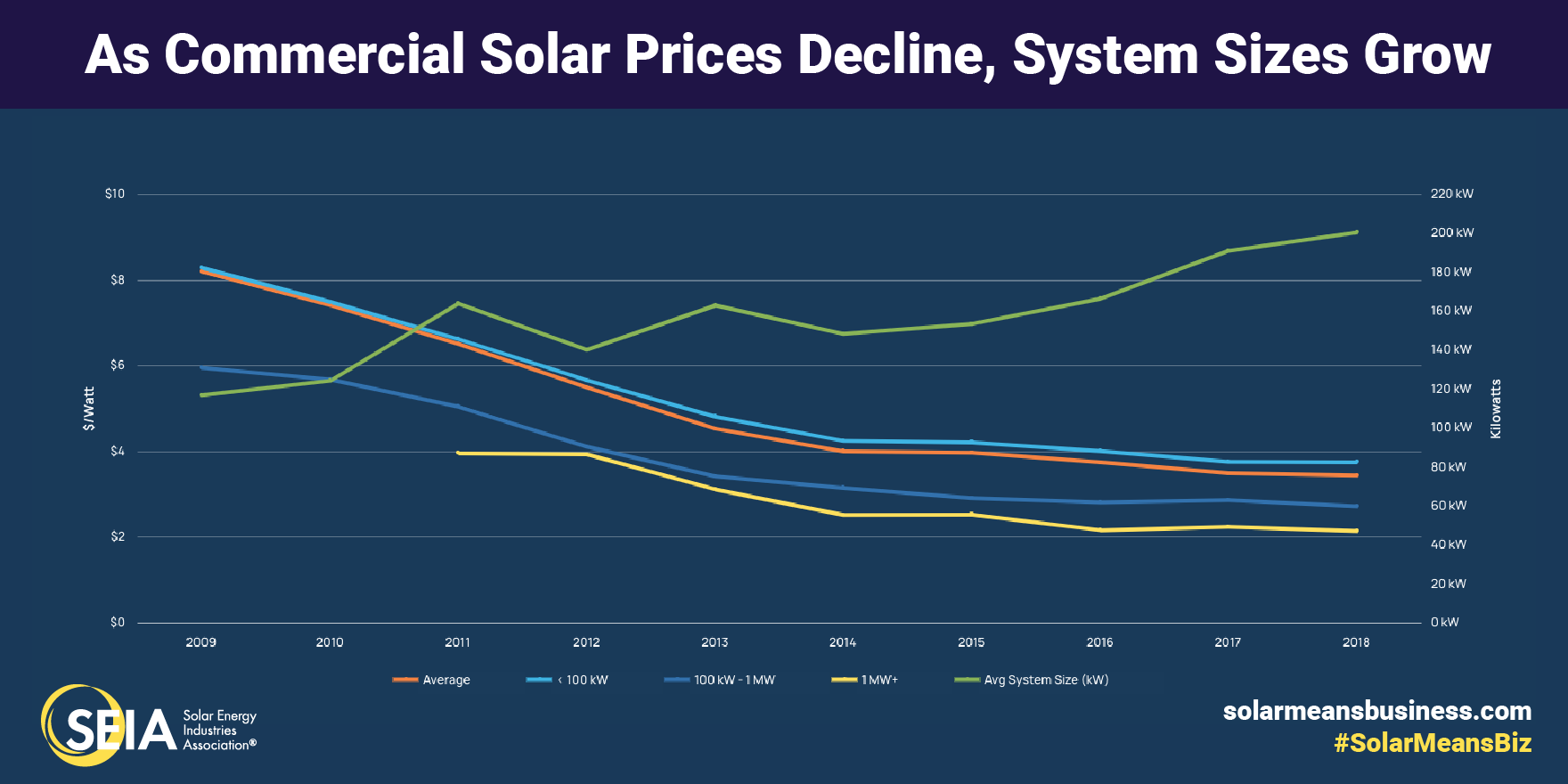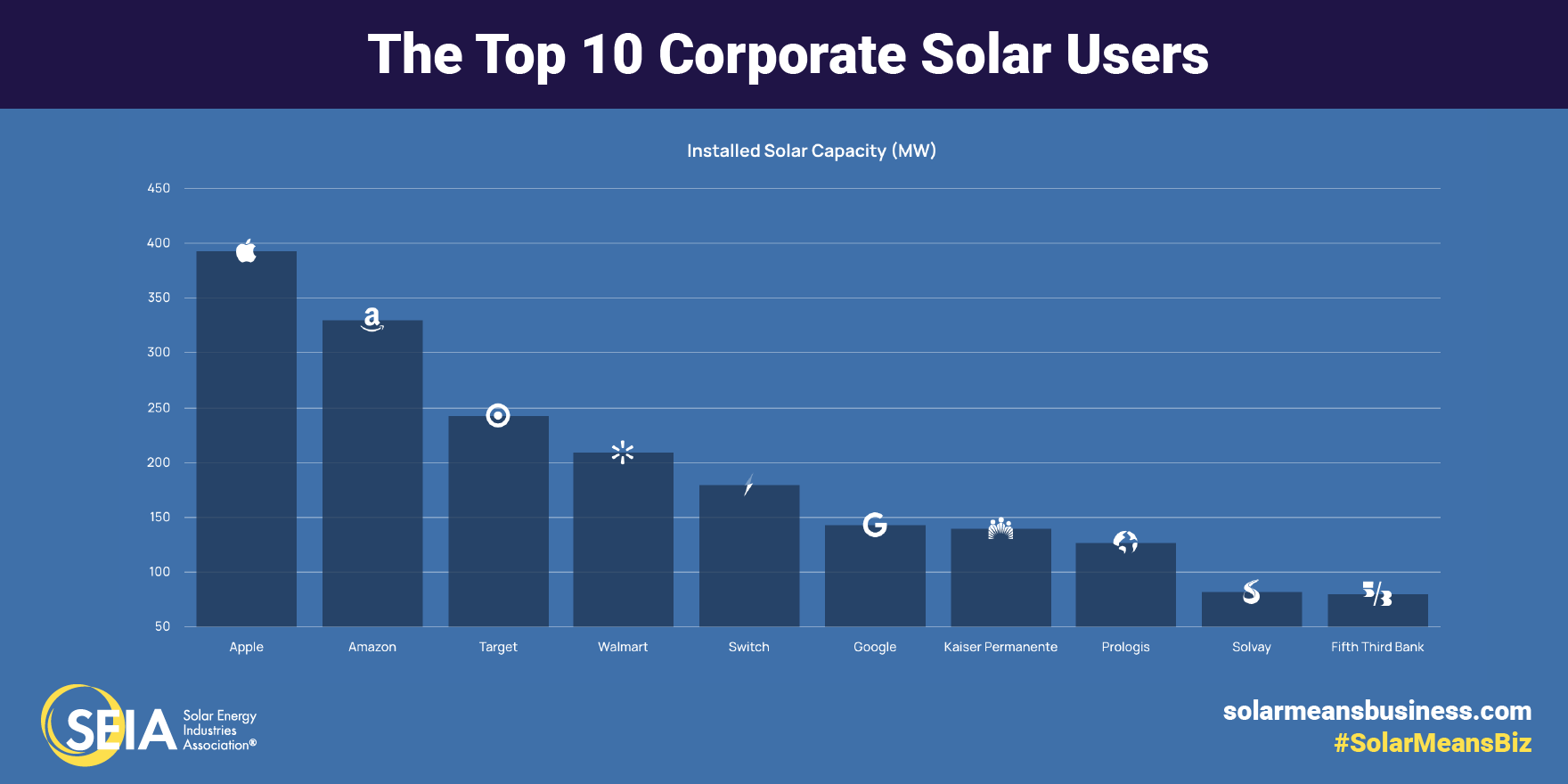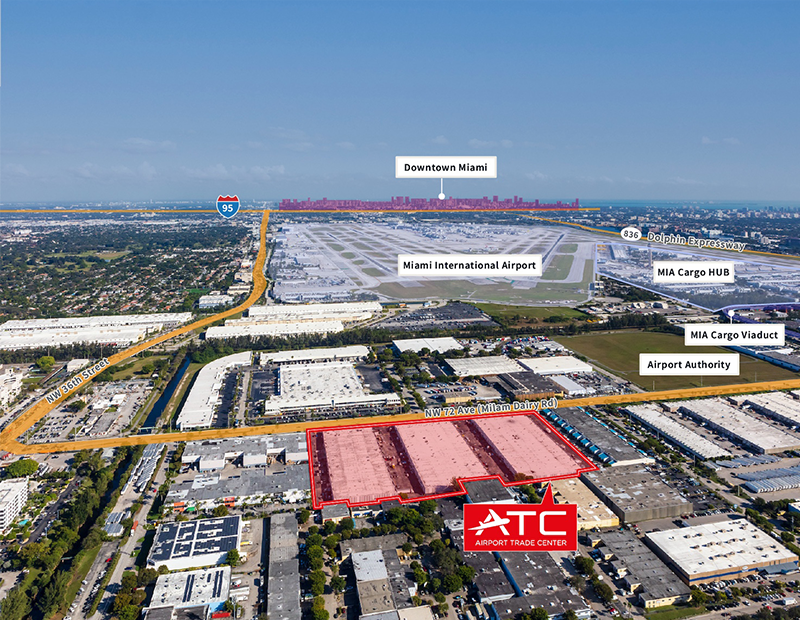Solar Power’s Top 10 Corporate Customers
Surprises as well as familiar names mark the annual ranking by the Solar Energy Industries Association.
Apple tops the list of solar energy’s corporate customers, with nearly 400 megawatts of installed capacity, rising from fourth place in 2017. That is a highlight of the Solar Energy Industries Association’s Solar Means Business 2018 report, which reveals the latest ranking among corporate buyers of solar power.
The analysis comprises data from onsite and off-site installations, tracking more than 7,000 megawatts of installed solar capacity across 35,000 projects, up from 2,500 megawatts and 7,000 projects in SEIA’s 2017 report. Combined, the systems tracked in the report generate 10.7 million megawatt-hours of electricity annually, the equivalent of powering 1.4 million homes. The environmental impact translates into offsetting 7.5 million metric tons of carbon dioxide annually, equivalent to taking 1.6 million cars off the road each year.
Growth in corporate solar is sustained primarily by falling prices, which decreased by 63 percent over the last decade. Off-site corporate procurement registered excellent progress—1.6 gigawatts of off-site systems have been installed since 2014 and account for about a third of all installed commercial capacity over that period. In addition, nearly 4 gigawatts of new off-site corporate projects have been procured over the last 18 months. The 1,144 megawatts installed in 2018 was second only to 2017 for annual commercial deployment.
Top 10 corporate users by total installed solar capacity
- Apple added 130 megawatts in 2018 to a total of 393 megawatts, which propelled it to the top position. The tech giant’s generating capacity comes from both onsite and off-site installations. More so, the company’s global facilities are all powered by 100 percent renewable energy and it has also signed agreements with 44 of its suppliers to use renewable energy for Apple-related manufacturing. Its Cupertino headquarters is the largest LEED Platinum-certified office building in the U.S., powered by 100 percent renewable energy from multiple sources, including a 17-megawatt onsite rooftop solar installation and 4 megawatts of biogas fuel cells. The facility is controlled by a microgrid with battery storage.
- Amazon follows with a total of 330 megawatts. In addition to its network of solar and wind farms and solar on the rooftops of its fulfillment centers, the retailer has created several innovative programs to boost sustainability, including Shipment Zero, Frustration-Free Packaging and Ships in Own Container. Amazon also invests in the circular economy with the Closed Loop Fund.
- Target is the previous leader of the ranking—it slid two positions in 2018 with a total of 242 megawatts in solar capacity. Currently, the company sources 22 percent of its electricity from renewable sources and has committed to achieving 100 percent renewable electricity for its domestic operations by 2030, with an interim goal of 60 percent by 2025. By 2020, Target aims to complete 500 onsite solar installations.
- Walmart’s total solar capacity approaches 209 megawatts and accounts for an estimated 28 percent of its electricity needs globally. The retailer continues to invest in solar installations and anticipates sourcing 35 percent of its electricity from renewables by 2020. Over the past year, Walmart completed contracts for 136 new renewable energy projects, which will supply the company an additional estimated 2.1 billion kilowatt-hours of renewable energy annually.
- Switch is on the fifth position with 179 megawatts. Since the start of 2016, Switch data centers feed off 100 percent renewable energy. Moreover, the company scored all A grades in Greenpeace’s latest Clicking Clean Report, earning the leading position among colocation operators.
- Google’s solar installations generate 143 megawatts. In addition, in partnership with Facebook, General Motors, Walmart and more than 300 other companies, it launched the Renewable Energy Buyers Alliance, creating the largest group of corporate renewable energy buyers in the U.S. REBA aims to bring online more than 60 gigawatts of new renewable projects by 2025.
- Kaiser Permanente is on the seventh position with 140 megawatts. The nonprofit integrated health-care system has finalized an agreement for a major renewable energy purchase that will enable it to become carbon neutral in 2020. In addition, it has issued $1 billion in Green Bonds to fund LEED Platinum and Gold building projects.
- Prologis ranks eighth with 126 megawatts and aims to surpass 200 megawatts of solar capacity by 2020. The company strategy features ESG practices, and in 2018 it added 11 megawatts of solar, boosting its global solar investment to a total of 186 megawatts.
- Solvay totals 81 megawatts. The advanced materials and specialty chemicals company started its green journey with a pledge to Apple to deliver products made with renewable energy. Last year, Solvay agreed to buy all RECs for 15 years from one of the largest solar farms in South Carolina, a 900-acre, a 71-megawatt facility that will provide 164,000 megawatt-hours per year, offsetting approximately 80,000 tons of carbon dioxide emissions.
- Fifth Third Bank closes the top with 80 megawatts of solar power and is the first Fortune 500 company and first bank to sign a power purchase agreement to achieve 100 percent renewable power through a single project. Last year, the regional bank has signed a VPPA with SunEnergy1, the owner and builder of the $200 million Hertford County Aulander Holloman solar facility in North Carolina. The solar farm is anticipated to generate roughly 194,000 megawatt-hours per year of electricity.
Top solar states
California’s supportive policy climate and excellent solar resource kept it in the leading spot in the top with a capacity of 2,928 megawatts. New Jersey (995 megawatts), New York (620 megawatts), Massachusetts (584 megawatts) and North Carolina (356 megawatts) round up the top five. Ikea leads all businesses with installations in 27 states, followed by Brookfield Properties Retail (23 states), while Target occupies the third position with solar installations in 22 states.
The report’s authors forecast sunny skies for the solar industry: They predict continued rapid growth in corporate off-site and community solar and state that demand will be led by continued corporate commitments for 100 percent renewable energy. Furthermore, price declines for solar plus storage will likely open market opportunities for more companies.
However, scattered clouds are on the horizon due to the solar Investment Tax Credits policy nearing its term. This too is subject to change as nearly 1,000 companies from the U.S. have petitioned Congress for an extension to the policy’s phaseout.









You must be logged in to post a comment.